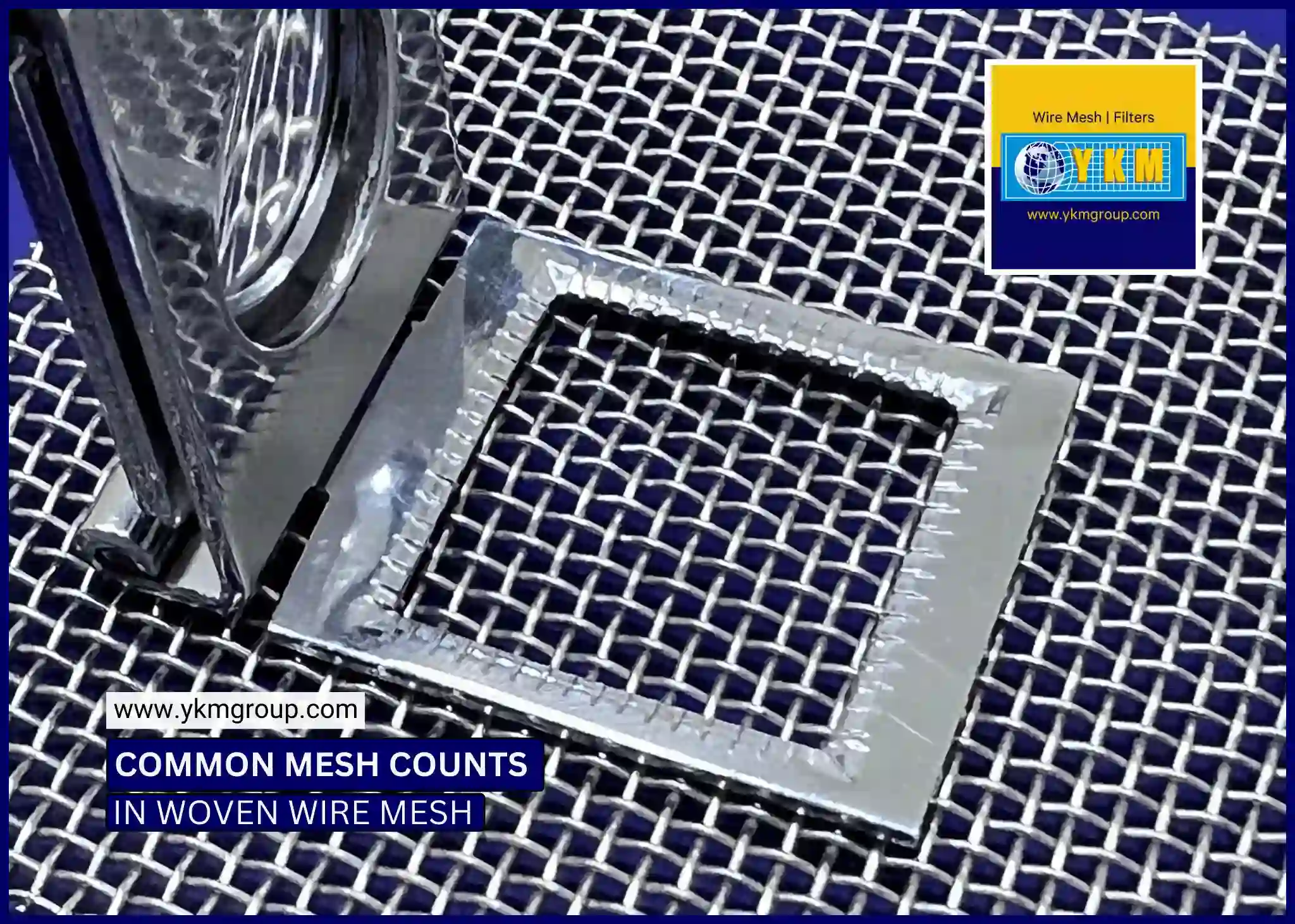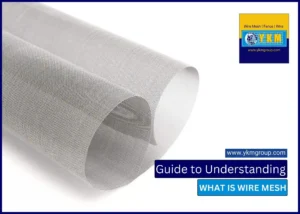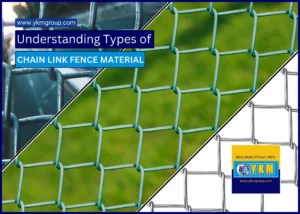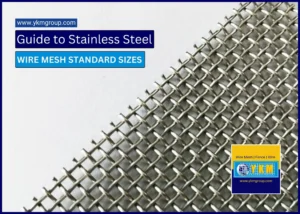Woven wire mesh is the most common material used across various industries for its structural integrity and filtration capabilities. When delving into the world of woven wire mesh, understanding common mesh counts in industries becomes pivotal. Mesh count refers to the number of wires per inch in both the warp and weft directions of the mesh. It directly influences the mesh’s openness, strength, and suitability for specific applications.
Significance of Mesh Counts
Mesh counts significantly impact the characteristics of woven wire mesh. The count denotes the number of openings or spaces between the wires per linear inch. A higher mesh count indicates finer openings, translating to smaller particles filtered or restrained by the mesh. Conversely, a lower mesh count means larger openings, facilitating greater airflow or larger particle passage.
What are the common mesh counts in industries?
In the realm of woven wire mesh, several mesh counts stand out for their widespread applications:
5 Mesh
In the realm of woven wire mesh, the 5-mesh count stands out for its larger openings and robust structure. It finds application in heavy-duty sieving, separation tasks, and protective barriers in certain industries.
10 Mesh
With a slightly higher density of wires, the 10-mesh count presents a balance between openness and structural integrity. This count is often preferred for applications requiring moderate filtration and solid support.
20 Mesh Count
This count is recognized for its versatility in various industries. It offers a balance between openness and strength, making it suitable for filtration processes, sorting, and protection purposes. The 20 mesh count is one of the common mesh counts in industries that can accommodate moderate particle retention while allowing decent airflow.
40 Mesh Count
With a higher density of wires, the 40 mesh count presents finer openings. This count finds its utility in fine filtration tasks, such as separating smaller particles or sieving applications. It provides enhanced precision in filtration processes.
60 Mesh
The 60-mesh count brings a higher level of fineness to the weave, making it ideal for applications demanding finer separation, such as in pharmaceutical or chemical industries.
80 Mesh Count
A finer mesh count like 80 is ideal and one of the common mesh counts in industries for more intricate filtration needs, where precision is paramount. It excels in separating minute particles, ensuring a high degree of filtration efficiency while still allowing adequate airflow.
100 Mesh Count
The 100 mesh count is characterized by its even finer openings, suitable for applications requiring meticulous filtration, such as in the pharmaceutical or food industries. It effectively sieves out tiny impurities while maintaining optimal airflow.
200 Mesh
For exceedingly fine filtration demands, mesh counts of 200 or higher are employed. These counts cater to specialized industries like aerospace, electronics, or laboratories, where absolute precision in filtration is indispensable.
400 Mesh
At the upper echelon of fineness, the 400-mesh count offers an extremely tight weave, crucial for ultra-fine filtration and separation processes in specialized industries. It is one of the common mesh counts in industries for complex filtration of the feed.
Choosing the Right Mesh Count
Selecting the appropriate mesh count hinges on understanding the specific requirements of the intended application. Factors such as particle size, airflow needs, and structural strength play pivotal roles in determining the ideal mesh count.
Applications
Construction Industry
In construction, lower mesh counts like 5 or 10 find use in heavy-duty fencing or as protective barriers on construction sites. Finer counts like 60 or 80 might be employed for concrete reinforcement. A sieve screen with 60 mesh and above is used in construction sieving.
Filtration Systems
Mesh counts ranging from 20 to 400 are prevalent in filtration systems across industries, ensuring the removal of impurities or particles of various sizes.
Aerospace Applications
In aerospace, the 100 to 400 mesh counts in industries might be employed for intricate tasks like air filtration systems or precision components due to their extreme fineness.
Factors Influencing Selection
When determining the ideal mesh count, several factors come into play:
- Application Requirements: Consider the specific needs of your project—filtration precision, strength, or porosity.
- Material Compatibility: Ensure the mesh material aligns with the substances it will encounter.
- Aperture Size: Evaluate the desired size of openings based on the intended use.
Conclusion
In the expansive landscape of woven wire mesh, mesh counts dictate functionality. The diversity of available common mesh counts allows for customization, ensuring suitability for a myriad of industrial and commercial applications. Understanding these common mesh counts aids in making informed decisions, ensuring optimal performance in various filtration and sieving processes.
In conclusion, knowing the common mesh counts in industries is a crucial aspect of leveraging the capabilities of woven wire mesh for diverse applications.
Still confused!
We got you covered, YKM International LLC. is the no.1 wire mesh professional with over 40 years of experience. Our team of engineers is here to provide the strongest customer support.





1 thought on “Explore common mesh counts in Industries”
Simply desire to say your article is as surprising The clearness in your post is simply excellent and i could assume you are an expert on this subject Fine with your permission let me to grab your feed to keep up to date with forthcoming post Thanks a million and please carry on the gratifying work
Comments are closed.